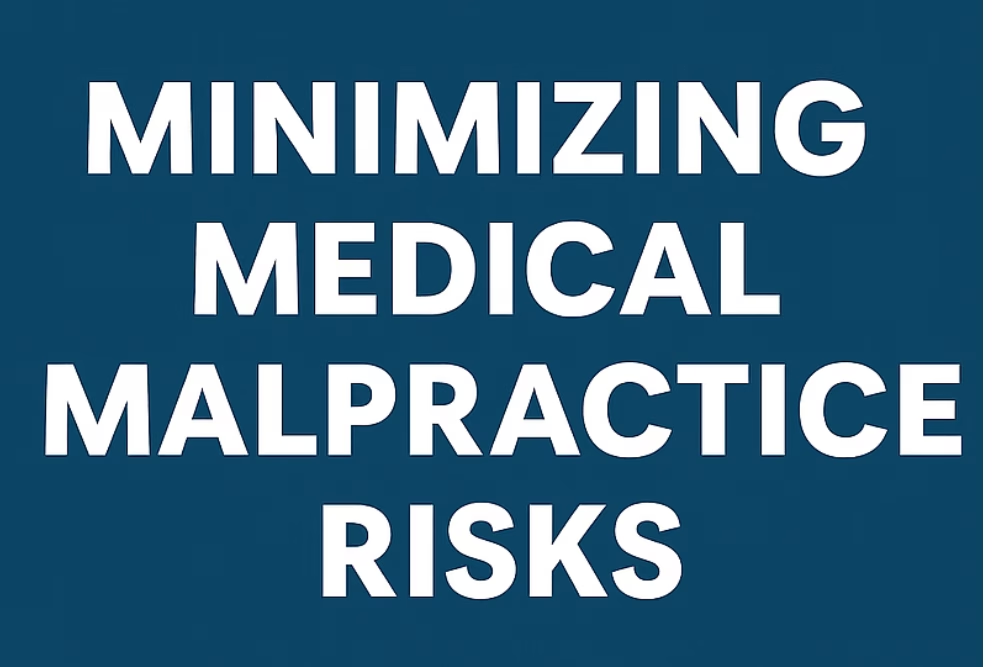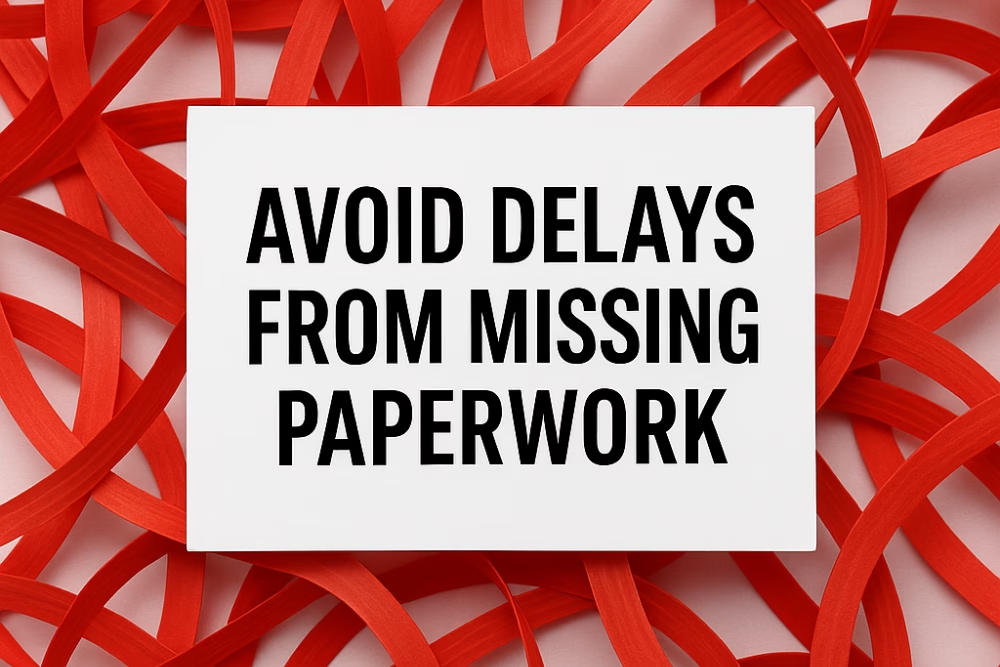Running a healthcare practice involves juggling numerous responsibilities—from patient care to billing. One critical area that often gets overlooked until it causes major issues is credentialing. This essential process ensures your providers are properly vetted and contracted with insurance payers. Neglecting it can lead to delayed payments, denied claims, and even legal complications.
Why Credentialing Matters
Credentialing is the gateway to receiving payments for your services. It’s how insurance companies verify your providers’ qualifications, licenses, and malpractice insurance. Without proper credentialing, you can’t bill for services, leaving your revenue stream at risk.
6 Common Credentialing Mistakes (And How to Avoid Them)
1. Poor Planning and Time Management
Credentialing can take several months. Underestimating the time required for applications, primary source verification, and follow-ups can lead to delayed reimbursements and frustrated providers.
Pro Tip: Create a detailed credentialing timeline and gather all necessary documentation early in the process.
2. Data Entry Errors
Typos, missing information, and incorrect details can cause significant delays. For instance, applying with the wrong NPI number can be problematic.
Pro Tip: Implement a double-checking system for all data entry. Consider using credentialing software to automate data entry and reduce errors.
3. Inaccurate Applications
Incomplete applications are a common reason for credentialing delays. Ensure every field is filled out accurately and all required documents are included.
Pro Tip: Use checklists to ensure you have everything you need before submitting applications.
4. Non-Compliance with State and Payer Requirements
Credentialing guidelines vary by state and insurance payer. Failing to meet specific requirements can lead to denials and legal issues.
Pro Tip: Stay updated on the latest regulations and consider partnering with a credentialing expert to ensure compliance.
5. Enrollment Errors
The enrollment process links your providers to insurance payers for billing purposes. Mistakes here can disrupt your entire revenue cycle.
Pro Tip: Carefully review payer enrollment guidelines and respond promptly to any inquiries.
6. Lack of Digital Assistance
In today’s digital age, manual credentialing processes are inefficient and prone to errors. Leveraging technology can streamline applications, track deadlines, and manage renewals.
Pro Tip: Explore credentialing software solutions that offer automation, online submissions, and real-time status updates.
Don’t Let Credentialing Mistakes Hold You Back
Credentialing doesn’t have to be a burden. By understanding common pitfalls and implementing best practices, you can ensure a smooth and efficient process.
Need Help?
If you’re feeling overwhelmed by credentialing, eClinicAssist can help. Our team of experts can guide you through the process, ensuring accuracy, compliance, and timely approvals. Contact us today for a free consultation.







